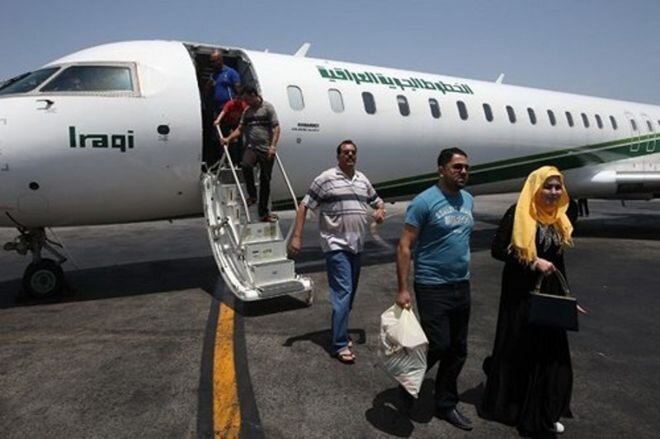Fake negative tests of Iraqis spreading mutant COVID-19 in Iran

TEHRAN – Fake negative COVID-19 test certificates of Iraqi passengers is the major cause of UK variant spread in Iran, Masoud Mardani, member of the scientific committee of the National Headquarters for Coronavirus Control has said.
Many Iraqi passengers circumvented travel checks with a fake test certificate, and caused the mutated virus to widely spread in Khuzestan province, which unfortunately turned into a crisis, he said, IRNA reported on Saturday.
Khuzestan is in a dangerous situation with 11 high-risk “red” cities and 8 medium-risk “orange” cities.
More than 300 Iraqi nationals cross Chazzabeh and Shalamcheh borders on a daily basis, he said, adding that the issue has contributed to a rise in the number of coronavirus cases.
So that Iran has closed five crossing points with Iraq to prevent the spread of the UK variant of coronavirus.
On February 13, President Hassan Rouhani emphasized the necessity for people to follow health protocols, as a new wave of coronavirus may hit the country within the next two months.
He called on the people to observe the hygiene principles, insisting that anyone who enters the country should undergo the COVID-19 test. “We should all join hands to prevent the fourth wave of the outbreak,” he asserted.
Alireza Reisi, a spokesman for the National Headquarters for Coronavirus Control, said a week earlier that the new coronavirus strain claimed 20 lives in Iran.
New cases and mortalities
In a press briefing on Sunday, Health Ministry’s spokesperson Sima-Sadat Lari confirmed 8,212 new cases of COVID-19 infection, raising the total number of infections to 1,681,682. She added that 1,435,357 patients have so far recovered, but 3,784 remain in critical conditions of the disease.
During the past 24 hours, 82 patients have lost their lives, bringing the total number of deaths to 60,594, she added.
So far, 11,212,921 COVID-19 diagnostic tests have been performed in the country.
Lari noted that currently, 11 cities are at high-risk “red” zones, 32 cities in medium-risk “orange” zones, 251 cities in low-risk “yellow” zones.
FB/MG
